Original Items: Only One Lot of 13 Available. A one of a kind lot of 13 WWII GI Field Gear pieces. All pieces are in original, unmodified, condition, and show signs of honest use and storage wear that has accumulated over the last several decades. Most will have additional issue markings added at the arsenal or by the soldiers in various places.
The Lot Includes The Following Items:
- U.S. M1928 Field Pack Haversack: Made by Atlas Mfg. Co. and dated 1942. Does include Pack Mess Kit "Meatcan" Pouch Which is not attached. It does show wear and is still solid. The pack has the name JF TAYLOR stamped in multiple places on the outside of the pack. We believe this to be James F. Taylor (ASN:39136773) who was wounded during the war via artillery shrapnel to one of his knees.
- U.S. Carrier, Pack, M-1928 / Pack Tail "Diaper": These were a triangular attachment for the bottom of the M1928 Haversack that would provide space for a shelter half or blanket at the bottom of the haversack. Made by Standard and dated 1942.
- U.S. Pouch, Meat Can, M-1928 / Mess Kit Pouch: This pouch attaches to the top flap of the M-1928 haversack and allows storage of the "Meat Can" Mess kit used during WWII.
- U.S. WWII Mess Tin Meat Can: In very good condition, maker marked MACO Co. and dated 1942.
- UNMATCHED PAIR of M-1938 Infantry Leggings: These look to be unissued, and only show oxidation to the fittings and storage wear. Both are dated 1941 & 1942.
- M1 Ammunition Carry Bag Dated 1945: According to the Quartermaster QM 3-4 Catalog the Bag, Carrying, Ammunition is of strong, durable, lightweight construction, and provides maximum utility for carrying various types of grenades and ammunition. Unused condition.
- MIA2-I-I Non Combatant Gas Mask With Carrier: The MIA2-I-I was developed for use by noncombatants working in civil defense and individuals in U.S. Army-designated "target areas." The MIA2 was produced by the U.S. Office of Civilian Defense (OCD) with a $29,000,000 grant. The mask was designed by Randolph Monro in 1942, and the patent was published in 1944. The design influenced future gas masks developed by the U.S.D corporation and Scott Aviation.
The mask is incredibly simple, as it was meant to be mass-produced. The facepiece consists of rubberized fabric, celluloid eyepieces, a C8 exhale valve and an elastic six-point head harness. The M2-2-1 small child sized mask has a singular large celluloid eyepiece, unlike the larger sizes. The filter's casing is made of aluminum with instructions on use of the mask. The filter's contents are incredibly primitive, as most of the filtering material is asbestos and activated carbon.
- M1936 Pistol Belt: The cotton M1936 belt featured a single female snap fastener that was used to attach reciprocal pouches, such as the M1923 and M1 Carbine ammunition pockets. Like most pistol belts it had three rows of eyelets. The lower row was for attaching double-hook fixture equipment, the middle row for adjusting the waist size and the upper row accommodated suspender snaps. During the Vietnam War, Marines often clipped the M1941 suspenders to the M1936 belt, whilst early Army advisors typically attached the M1945 suspenders.
- M4A1 Gas Mask Carrier: The carrier is in excellent condition.
- Ivory Soap Bar: Unused and dated 1943.
- Individual Protective Cover “Blister Gas Cape”: Unopened and dated 1945.
- .30 Caliber Ammunition Can: The can was overpainted and re-stenciled for being used for M1909 Linked Blank Ammunition.
- Modified M3 Colt 1911 .45 Tanker Shoulder Holster For Revolver Use: This is a very nice WWII issue M3 leather shoulder holster for the Colt M1911 .45 pistol. Adopted in 1942, this holster was standard issue for aircraft and tank crews, and was often used by officers who preferred it to the hip holster. In combat areas, all sorts of troops found ways to "acquire" handguns and the regulations as to who was and wasn't permitted to carry them were rarely enforced.
Original M3's were made in plain, "natural" leather, as they age they can darken through exposure to oil, dirt, and sweat that turns holsters a russet brown color. This example is a worn russet brown color. Leather is still soft and pliable, though there is definitely wear and some very minor dry rot on the leather. This is especially noticeable on the shoulder strap, which has a lot of surface cracking as well.
The holster is embossed on the front U.S. in an oval, meaning it was military issues (not civilian) and it is nicely stamped on the reverse:
U.S.
ENGER-KRESS
1943
The best feature of the holster is the cut out at the top front which would have more than likely been perfect for a revolver cylinder. We believe this to have been used for a revolver because of the “Tex” carved into the leather on the front and you know how Texans love their six shooters! This is truly a remarkable example.
All items come more than ready for further research and display.




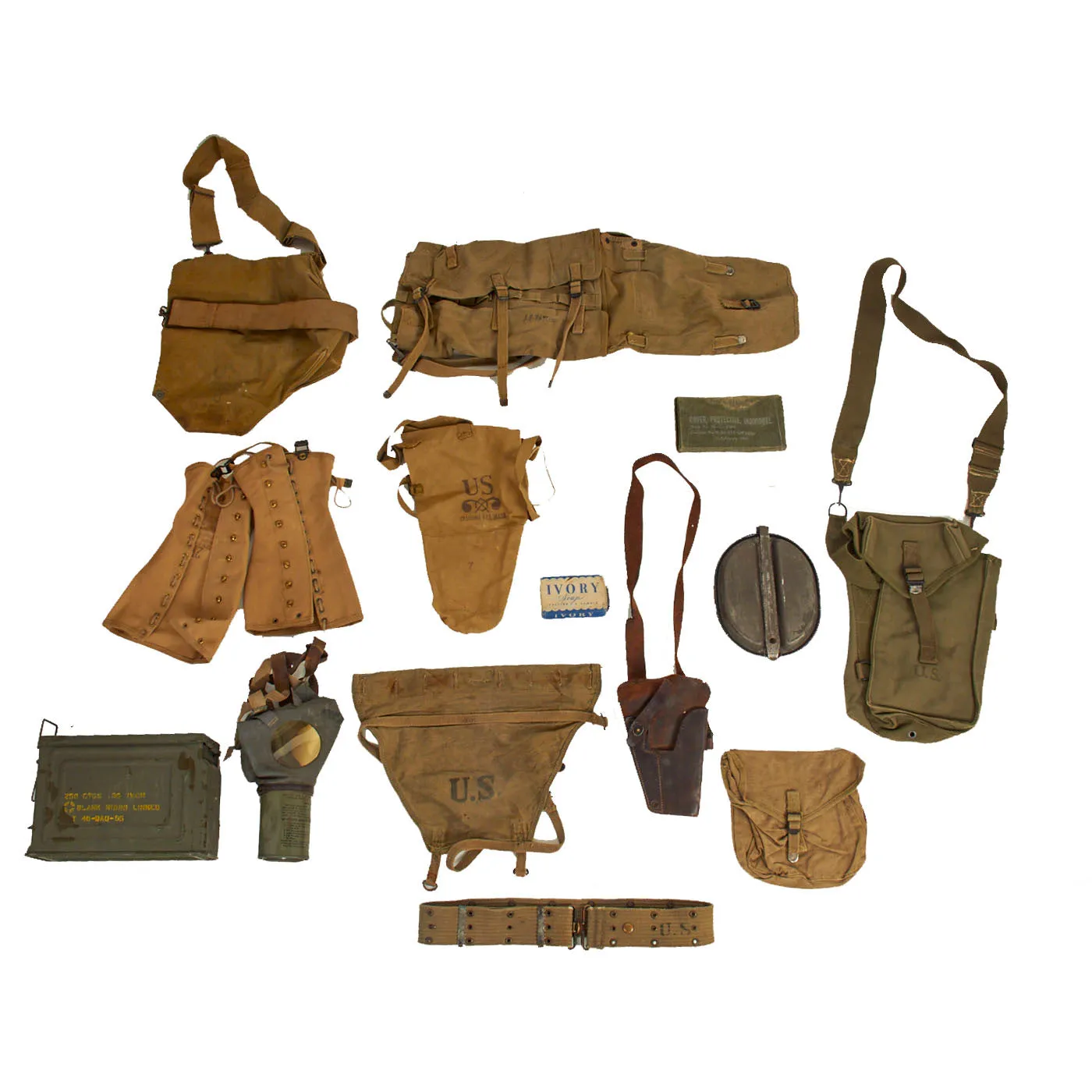
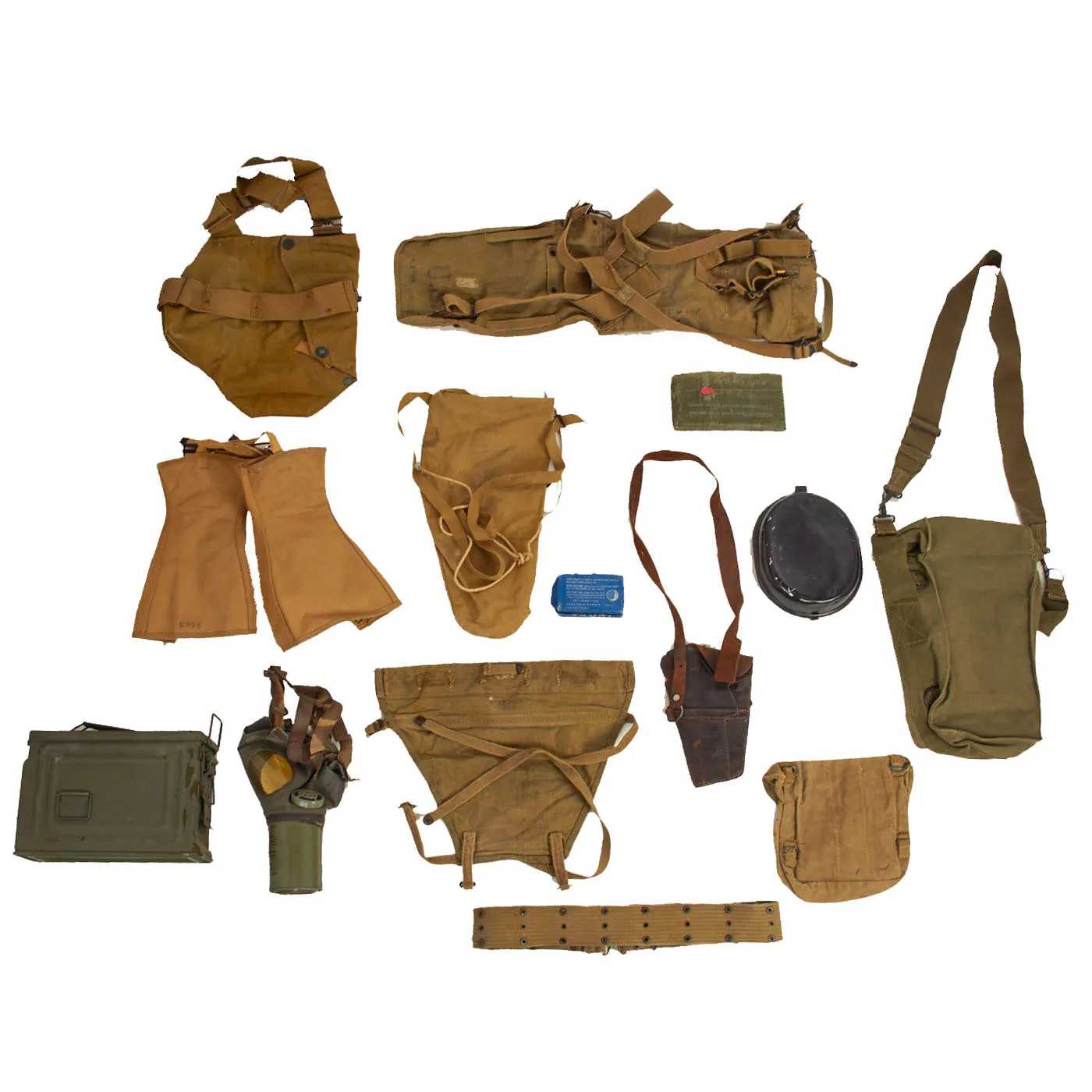
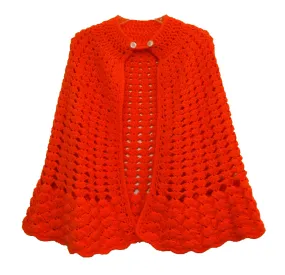
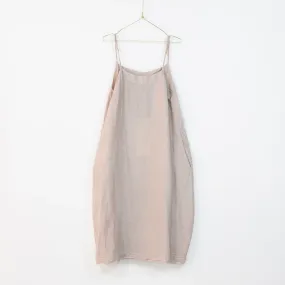

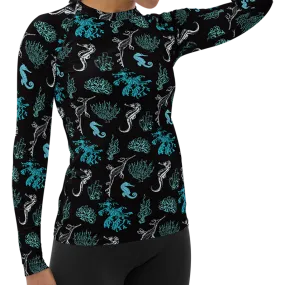

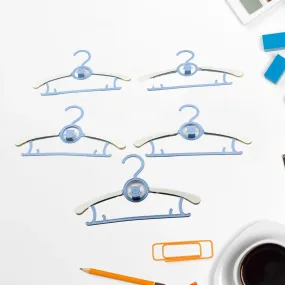

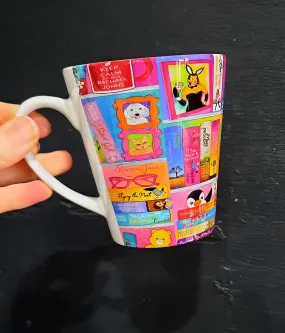
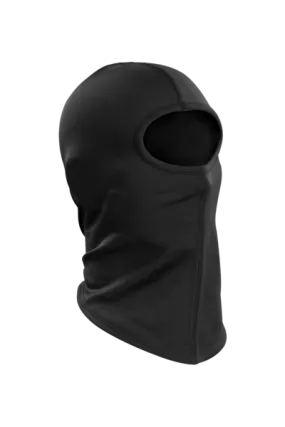
![Claire [Lavender] | PLEATED SKIRT* Claire [Lavender] | PLEATED SKIRT*](https://www.knitmod.shop/image/claire-lavender-pleated-skirt_y2m0hf_285x.webp)
